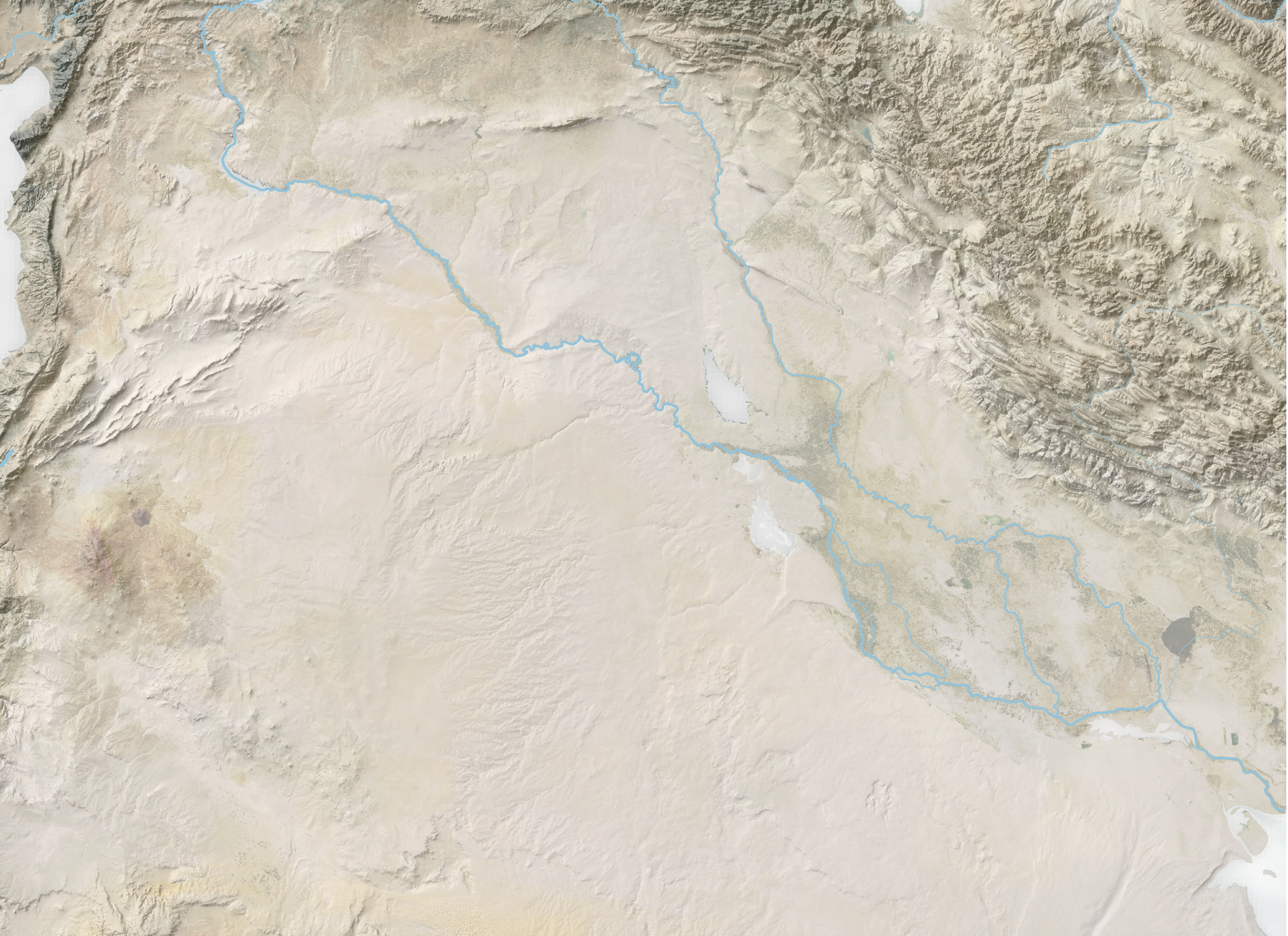Behind the tally, names and lives
Behind the tally, names and lives
Massive firepower helped the United States shatter the Islamic State’s grip on Iraq and Syria, but also killed thousands of civilians. Newly disclosed military data provides new certainty about who those victims were and where they died.
As the battle against the Islamic State raged in Iraq in March 2017, Ahmad Bashar Abdullah managed to escape the militants’ grip and slip into newly freed areas of his native city of Mosul.
But his mother, sister and other relatives remained in militant-controlled territory, where fighters were forcing civilians out of their homes and using them as human shields against the bombs raining down from the sky.
The militants forced his family, and dozens of others, into a nearby house. That the large concrete structure had a basement, unusual in the area, appeared to offer a degree of security. But when Ahmad reached his mother via satellite phone before she left the family’s home, she was still terrified. He tried to soothe her. “Security forces will arrive soon,” he said.
Ahmad later learned that his mother’s worst fears had been realized.
Responding to sniper fire against allied Iraqi forces, an American aircraft, operating with erroneous intelligence that no civilians were inside the building, dropped a GBU-38 bomb, carrying nearly 200 pounds of explosive material, on the concrete structure.
The bomb, U.S. military officials subsequently concluded, ignited an even more powerful cache of explosives that the militants had stored inside the building, collapsing the structure and killing more than 100 civilians. The dead included Ahmad’s mother, Najlaa; his sister, 20-year-old Teeba; his grandfather Thamir, and his twin uncles, Ali and Rakan, and their wives. In all, 32 of Ahmad’s relatives perished.
“From that day on I’m not the same person,” Ahmad said by telephone from Mosul earlier this year. “People ask me what I want. I tell them I want my mother and sister back.”
Ahmad’s relatives are among the civilians killed in events that are being documented with an unprecedented level of precision in a new accounting of the U.S.-led war against the Islamic State. Using U.S. military geolocation data being made public for the first time, U.K.-based watchdog group Airwars has pinpointed locations, some of them to within a meter squared, for hundreds of strikes resulting in more than 1,400 civilian deaths.
Civilians killed in coalition air and artillery strikes,
2015–2020
The United States has conceded 1,398 civilian deaths in Iraq and Syria, though others say the actual number is much higher.
Hover to learn more about each airstrike.
Note: This graphic does not include two deaths in 2014 and another 21 deaths that were not attached to any specific event.
The analysis represents a breakthrough in advancing public understanding of the war’s unintended impact and provides a new basis for potential compensation payments to families of those killed.
The effort comes as the United States and its allies wind down a six-year-long air campaign against a group that, at the height of its power, controlled an area the size of Britain and inspired bloody attacks across the West. Civilians suffered intensely under the group’s so-called caliphate, as militants conducted mass killings, enslaved women and children, and used gruesome violence to punish perceived transgressions.
In response, the United States unleashed massive firepower, pounding militant targets with more than 34,000 air and artillery strikes since 2014, decimating the group and forcing survivors underground.
U.S.-led coalition air and artillery strikes target the Islamic State
Area of ISIS control in Iraq and Syria compared to monthly locations and number of coalition strikes

But the gains came at significant civilian cost. In the first half of 2017, the coalition intensified its air campaign. In March alone, the month in which Ahmad’s family was killed, a total of 277 civilians died in coalition airstrikes, according to the U.S. military’s data.
By July, the Islamic State had abandoned Mosul, and by late October, the group had surrendered its de facto capital, the Syrian city of Raqqa. As summer turned to fall, the U.S. military eased its air campaign, though it would continue to conduct thousands of airstrikes.
Cumulative civilian deaths vs. air and artillery strikes
In the first half of 2017, civilians were killed at a much higher rate, even as the rate of airstrikes increased only slightly.
Hover to explore the data.
Note: After Dec. 16, 2018, the Coalition stopped publicly reporting details of its air and artillery strikes.
Throughout the campaign, strikes took place in crowded urban environments, where it was more difficult to distinguish between civilian and Islamic State targets. They also occurred in remote or militant-controlled areas, which complicated intelligence gathering and target verification.
As reports of civilian death spiraled, watchdog groups, local authorities and relatives struggled to sort out what had happened. Frequently, multiple airstrikes occurred close to the same area on a single day. For the more than 1,400 civilian deaths it has acknowledged to date, the U.S. military previously provided only general information about the incidents and their locations, compounding the challenge of determining who died, when and where.
Airwars has now matched its own information about the war’s civilian toll — drawn from local news, social media and civil society accounts — with data from the Pentagon’s U.S. Military Grid Reference System (MGRS), which for the first time identifies precise locations in more than 340 incidents.
The geolocation data helps provide greater certainty about incidents accounting for the deaths of more than 900 victims Airwars has been able to identify by name. A searchable database of these confirmed events could help Iraqi and Syrian families ascertain how their relatives may have perished.
The Pentagon’s disclosure marks the first time any military has provided this kind of detailed information about a major operation, offering a potential blueprint for greater transparency in the future.
Julie Tate contributed to this report.
About this story
The UK-based watchdog group Airwars assesses all known claims of civilian non-combatants killed or injured in U.S.-led Coalition air and artillery strikes in Iraq and Syria. When possible, Airwars cross-references those claims to specific airstrikes reported by the United States or its allies. The Coalition has accepted responsibility for a fraction of the claims Airwars has assessed. Only those claims were considered for this story.
For more information, visit airwars.org/conflict-data/the-credibles/.
In addition to claims of civilian harm, Airwars has also tracked and mapped every known air and artillery strike by the US-led Coalition in Iraq and Syria between Aug. 8, 2014 and Dec. 16, 2018. Though the Coalition has carried out hundreds more strikes, it stopped releasing detailed reports of its bombings after Dec. 16, 2018. Get the data.
The areas under ISIS control were tracked by Janes Conflict Monitor.









